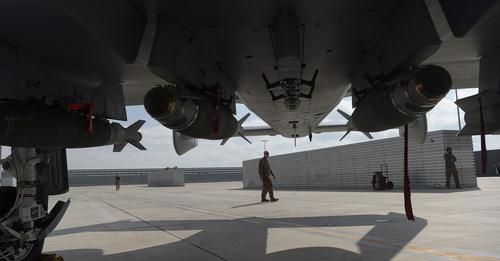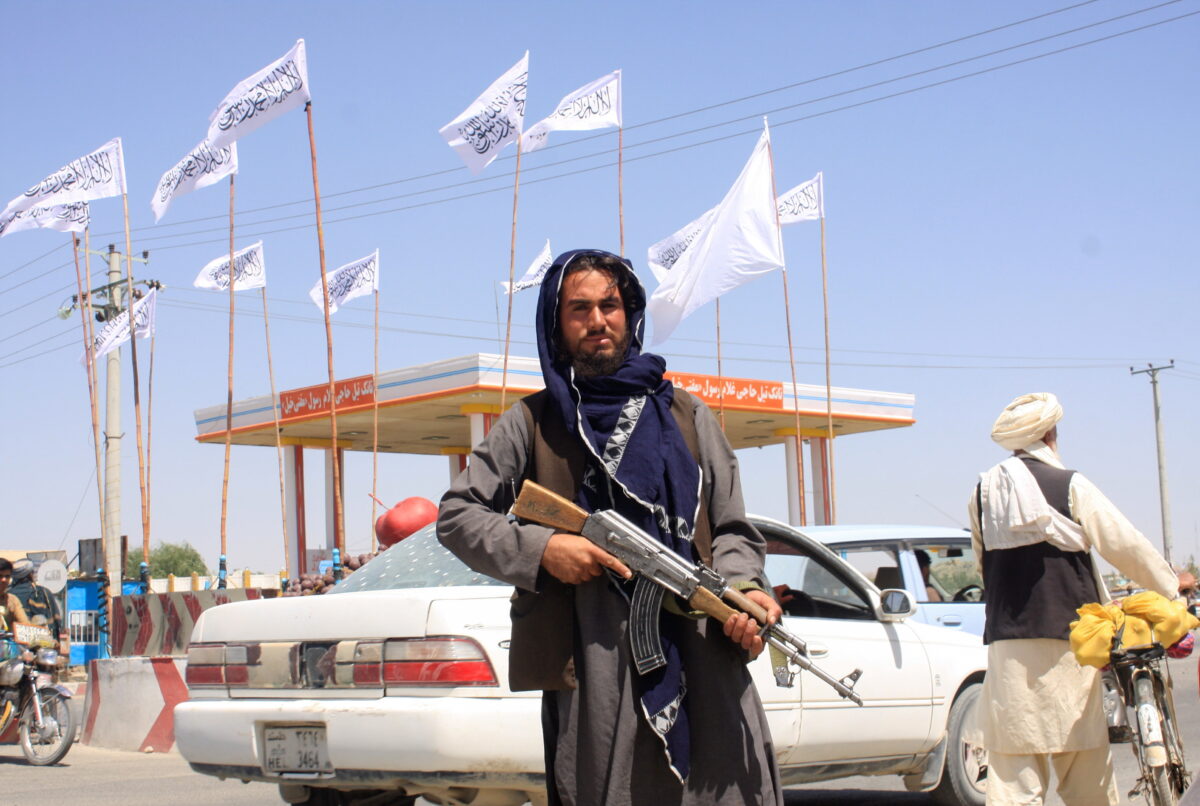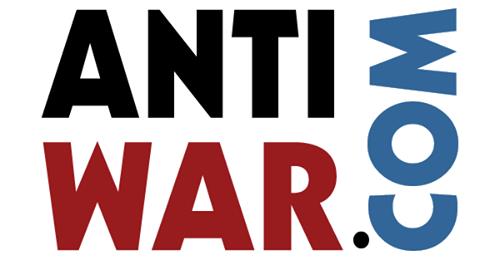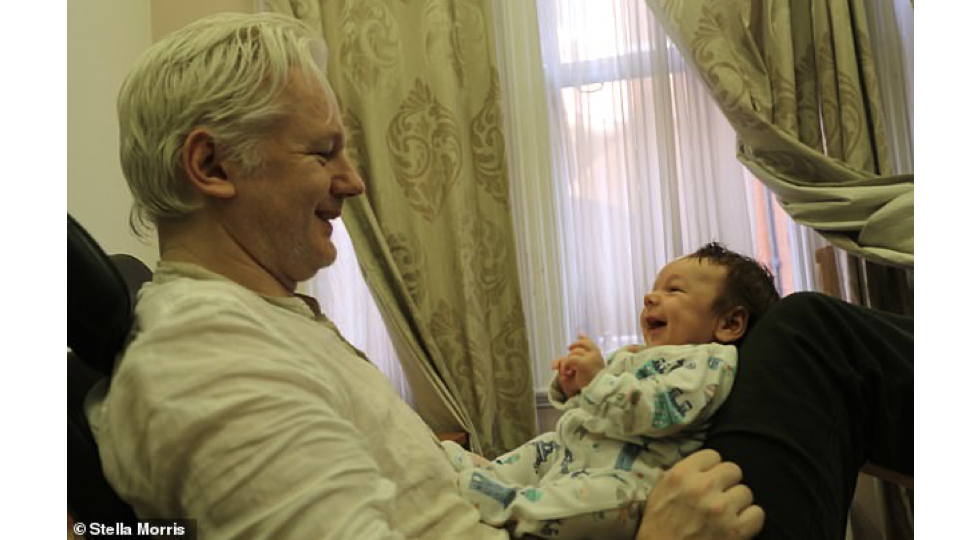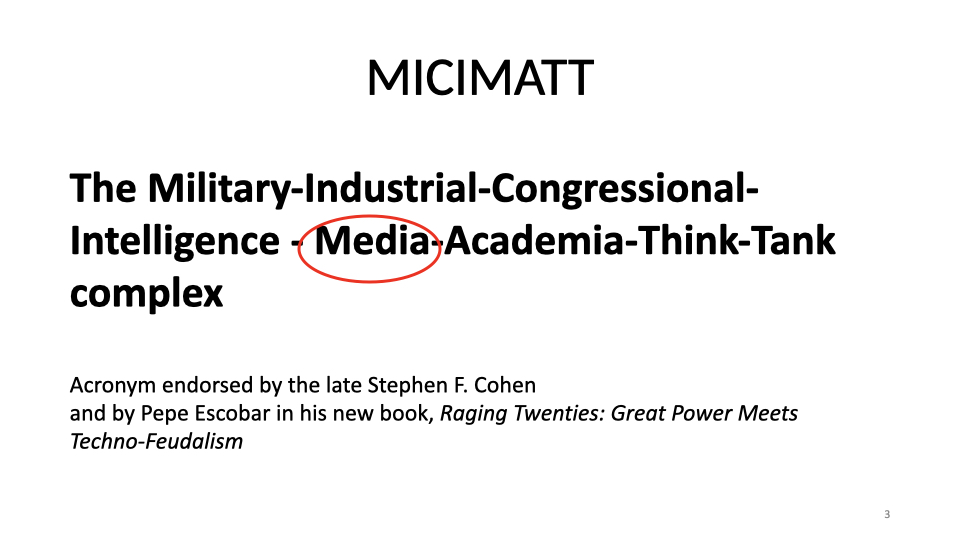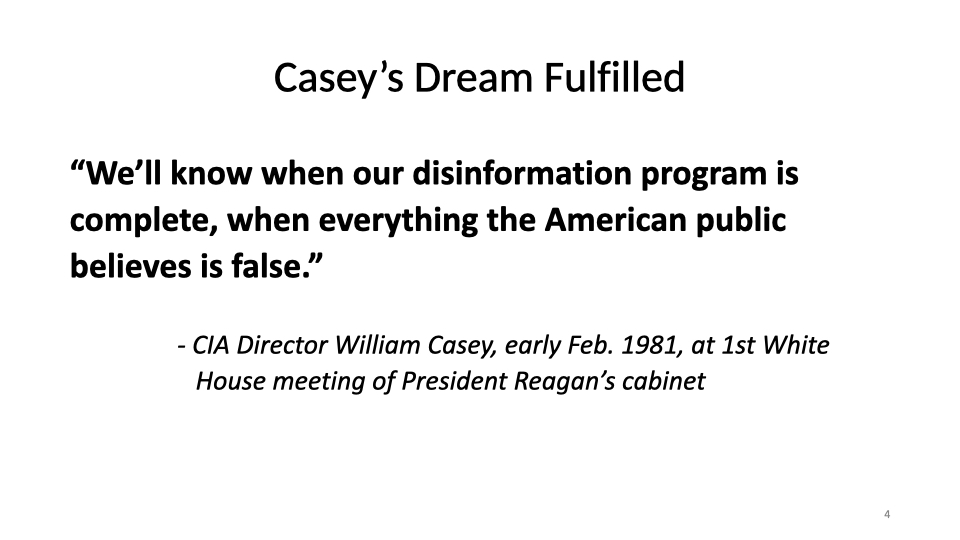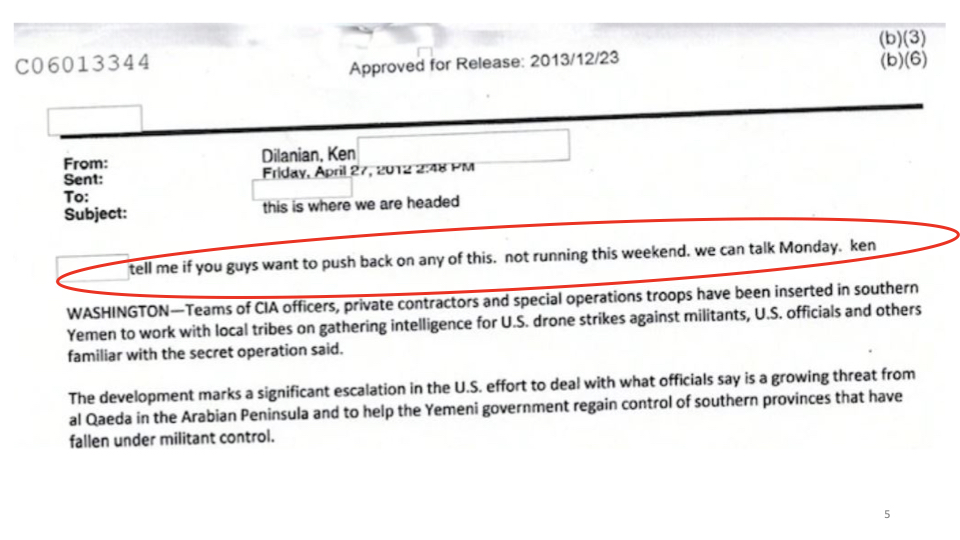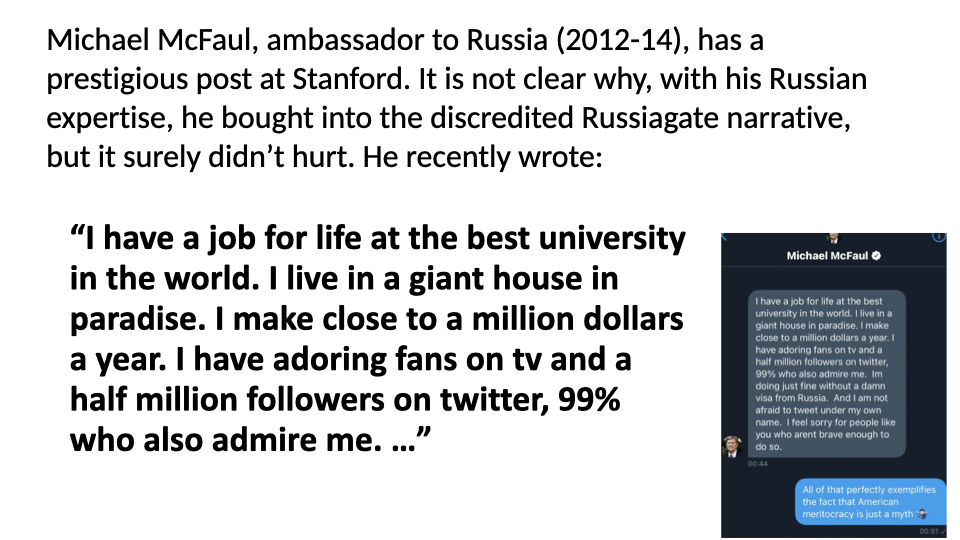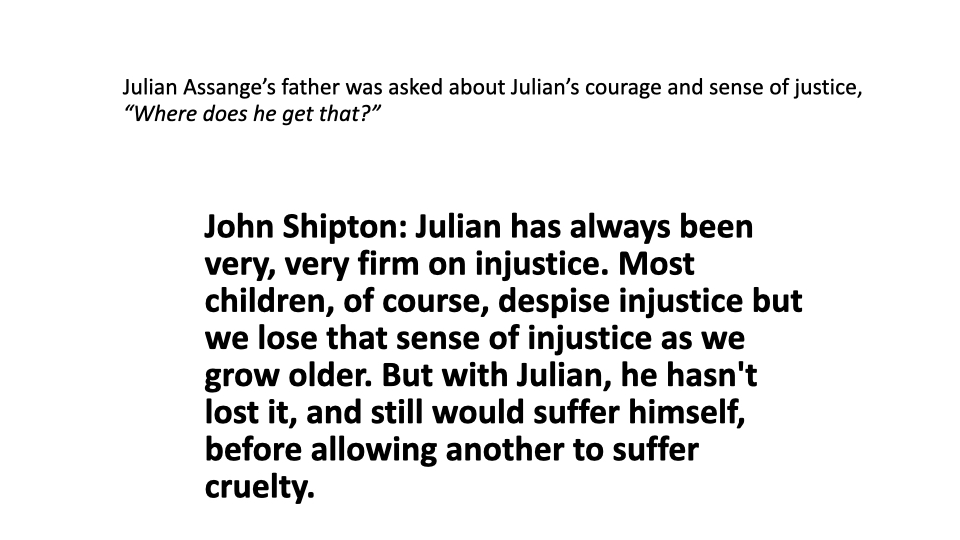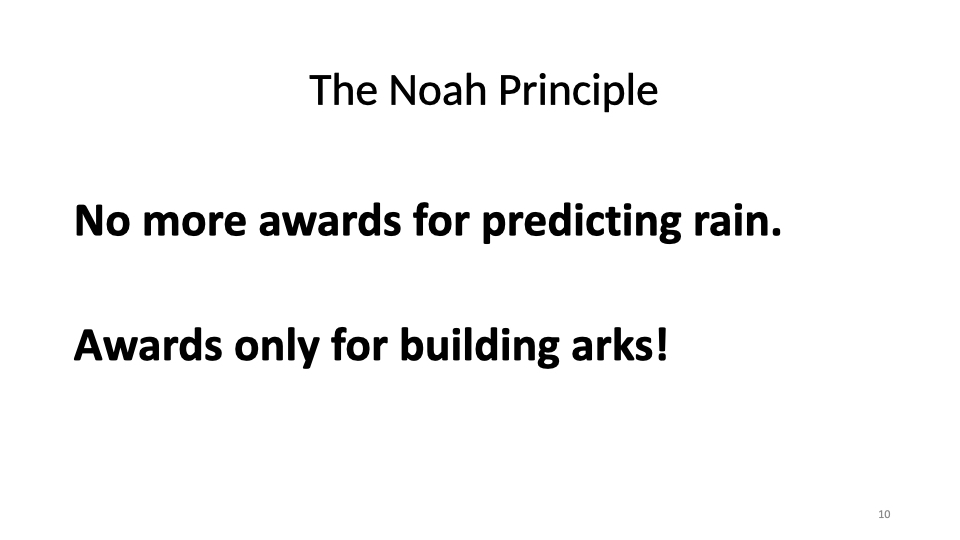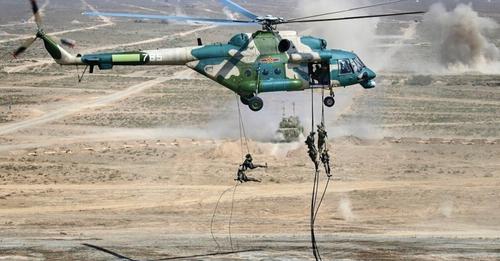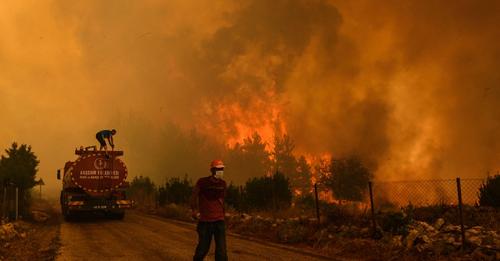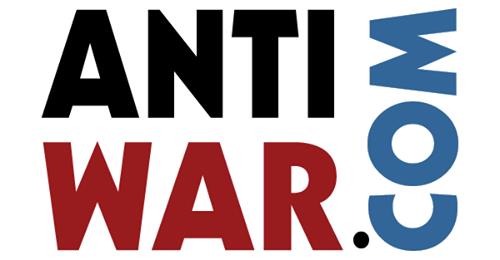By Ray McGovern, August 24, 2021
John Rizzo, the CIA’s top lawyer, who gave the green light for torture, is dead. My former CIA colleague, John Kiriakou, who knew him well, has written a fitting “encomium” ( See: https://consortiumnews.com/2021/08/23/john-kiriakou-the-world-is-rid-of-rizzo/ ).
Kiriakou knew Rizzo well and describes him as “the unapologetic godfather of the CIA’s torture program, a monstrous crime against humanity that he defended unabashedly until his death”. Kiriakou found himself atop the CIA’s WANTED list when he confirmed publicly that the CIA had been carrying out a White House-approved torture program, using techniques virtually identical to those in the Gestapo Handbuch. He (Kiriakou, not Rizzo) ended up having to do two years in prison.
So, why did Fordham Law School honor John Rizzo by inviting him to discuss, on Jan. 30, 2014, his book-length unapologetic apologia for the role he played in “dark-side” crimes like torture — including his passing along the Bush Justice Department “legal” opinions approving waterboarding, for example. Rizzo’s performance at Fordham was … well, it might be described as an “extraordinary rendition” – a shameless, ethically vacuous defense of the indefensible. The video of that event (sans a question I asked of Rizzo) can be seen at: http://www.centeronnationalsecurity.org/node/1049 .
Artful Editing
In https://raymcgovern.com/2014/03/12/is-torture-now-a-gray-area-at-fordham-ray-talks-cia-whistleblowing-memories-at-fordham-law/ I wrote about that extraordinary event and included the question that some later-day “Rose Mary Woods” had deleted:
Mr. Rizzo, I imagine you are feeling quite affirmed at being invited to Fordham, ‘The Jesuit University of New York City.’ I imagine President Rev. Joseph McShane, SJ had a hand in bringing you here, and in your book you make it clear that you share an admiration for Fordham alumnus John Brennan, now Director of the CIA. As for Brennan, though, not all were happy when McShane gave Brennan the honor of giving the university Commencement address in May 2012.”
“A graduating senior expressed his qualms to McShane, in the presence of others, about Brennan’s role in torture and in drone killings. McShane’s response was not what I learned in Fordham College 55 years ago. I had learned that torture inhabited the same moral category as rape and slavery – intrinsically evil, always wrong. Fordham’s president told the graduating senior, ‘Well, we don’t live in a black and white world, we live in a gray world.’
“Mr. Rizzo, am I right in thinking you must feel affirmed at being invited here, and at sharing President McShane’s views on torture as a gray area?”
It is generally frowned upon to speak ill of the dead. So, let’s turn our attention to today. Rizzo is gone, but so many of his accomplices are still at large, populating the media, as well as academia.
The MICIMATT
To designate what the Military-Industrial Complex (MIC), about which President Eisenhower warned us, has now become, I coined MICIMATT — the Military-Industrial-Congressional-Intelligence- Media-Academia-Think-Tank complex (an acronym endorsed by the likes of the late Stephen F. Cohen and Pepe Escobar). A few friends have advised me to drop the “M” for Media (no way will I do that! A controlled media is a sine quo non), and to cut “…Academia-Think-Tank …” from the end of the acronym. (Again, no way!)
Here’s just one example of how it works these days: “journalist” Ken Dilanian, when he was writing for the Los Angeles Times, regularly solicited reaction and comment on his draft articles from the CIA BEFORE publishing them. (Thanks to an FOIA request, we have exchanges of emails between Dilanian and John Brennan’s PR friends at CIA.)

At Fordham Law School’s think tank “Center on National Security”, Dilanian appears in the above photo with his nihil-obstat “fact-checker” Brennan, putting visual flesh on the “…Media-Academia-Think-Tank” part of the MICIMATT.
“Moral Decline and Political Servitude”
It is not as though the Jesuits who run Fordham had not been warned by one of their own prophets. In To Dwell in Peace, published 34 years ago, Daniel Berrigan, SJ, wrote of “the fall of a great enterprise,” the Jesuit university. He recorded his “hunch” that the university would end up “among those structures whose moral decline and political servitude signalize a larger falling away of the culture itself.”
Berrigan lamented that “highly placed” churchmen [violated] “the Christian tradition of nonviolence, as well as the secular boast of disinterested pursuit of truth. These are reduced to bombast, hauled out for formal occasions, believed by no one, practiced by no one.”
And Dan wrote his book well before Fordham gave a platform to aficionados of torture and “extraordinary rendition” and before Fordham awarded CIA Director John Brennan an honorary “Doctorate in Humane Letters” (sic) and named him “Distinguished Fellow for Global Security” at the Law School. The values of Rizzo and Brennan were not the same as the ones I learned at Fordham College, from which I graduated in 1961. The ethics drummed into me had not yet become “quaint” or “obsolete”.
I did not have to compromise those values while working as a CIA analyst working on Soviet foreign policy. But after retirement, and watch the on-steroids corruption of the entire agency under Cheney, Bush, and go-along-to-get-along directors, I had to find some symbolic way to dissociate from the CIA.
As an act of conscience, on March 2, 2006 I returned the Intelligence Commendation Medallion given me at retirement for “especially meritorious service”. I explained, “I do not want to be associated, however remotely, with an agency engaged in torture.”
Neither am I a fan of “regime change”. More then 12 years ago, when President Obama let himself be persuaded to “surge” in Afghanistan, I tried to warn him of the inevitable consequences in “Welcome to Vietnam, Mr. President” ( See:
https://consortiumnews.com/2018/04/07/welcome-to-vietnam-mr-president-3/ )
Come to think of it, I might make one exception. “Regime change” is precisely what is needed at Fordham, lest Dan Berrigan’s “hunch” see complete fulfillment.


